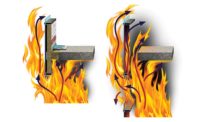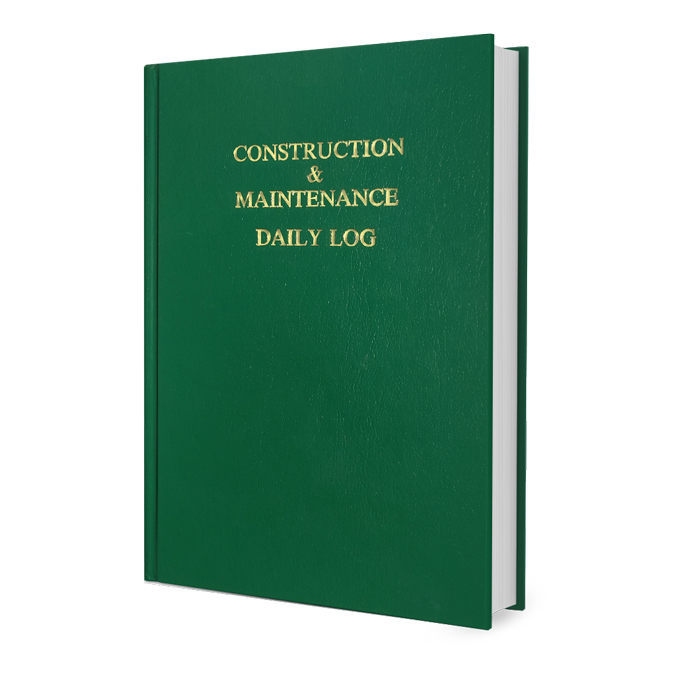A Green and Dry World

You often hear the term “green building” as consumers seek to purchase homes that are often built using recycled materials or are low in energy usage. Both are important goals, but they must be pursued in a way that preserves a home’s ability to manage and repel moisture. Energy-efficient homes can often trap unwanted moisture-or homes that feature renewable building materials such as bamboo flooring, for example, may not prove to be highly durable, thereby defeating a key goal of the green building movement: sustainability.
So how do you build green and build dry? According to The Responsible Solutions to Mold Coalition, an educational outreach effort founded in 2006 with grants from USG, National Gypsum and American Gypsum, building green homes means designing, building and maintaining them in a way that keeps moisture at bay. Because a damp home not only deteriorates more quickly, it can also create an unhealthy environment that becomes moldy and attracts insects and other vermin.
Tips for Consumers and Builders
Here are some helpful hints to help consumers and builders alike build and maintain truly green, truly dry homes:
- Building materials must be kept dry: Schedule delivery of building materials close to the time of their installation. Once they’re on site, keep them off the ground, covered with tarps, or ideally stored within the structure under construction.
- Better scheduling on the job site keeps moisture out: For example, roofers need to be coordinated with the cladding contractors so that proper flashing occurs where the two planes meet.
- Roofs must be designed in a manner that water has a clear path to the gutters: Elaborate roof designs may result in “dead valleys” where water may accumulate.
- Avoid condensation on windows: Generally, thermally insulated windows avoid this problem, but if it persists, check to see if the seal has been broken between the two layers of glass.
- Do not put pipes in exterior walls: Pipes placed in exterior walls may freeze. If they must be placed in exterior walls, the insulation should go on the outside of the wall cavity.
- Cover or seal crawl spaces: Exposed earth in basements is a constant source of moisture being released into a home-it should be covered with plastic, or ideally covered with cement.
- Right-size air conditioners: Over-sized units may lead to higher humidity because of rapid cycle times that cool but do not dry the air.
- Keep condensate drains clear of debris: Blockage of air conditioning condensate lines can lead to water build-up at the base of the unit and ultimately to seepage of moisture into the building.
- Avoid installing water heaters or washing machines on second floors of buildings: If possible, water-handling appliances and equipment should be on the first floor or preferably in the basement.
- Use a water-resistive barrier behind shower and tub tile installations: Water will pass through tile grout, so a water-resistive barrier behind the tile will enable drainage of water back into the tub or shower pan.
- Ensure shower pans drain: All shower pans should be graded toward the drain. If not, water will pool in corners, leaving damp spots that will likely lead to mold growth.
- Bathroom and kitchen vents need to exhaust to the outdoors: Install timers on ventilation fans, particularly those located in bathrooms that will run for ten minutes after the completion of a shower.
- Wallboard should only be installed during the controlled phase of construction: Because wallboard needs to stay dry, it should only be installed once the building has been closed in.
- Sprayed or wet insulation needs to dry: Allow three to seven days for wet insulation to dry before drywall is installed over it.
- Ventilate during construction: In warmer climates, keep doors and windows open during construction to allow joint compound, tile grout and eventually paint, to dry.
- Concrete floors need to dry before covering: Concrete introduces gallons of moisture into a new building after it’s been poured. Concrete slabs should be poured over a vapor retarder.
- A weather-resistive barrier should be installed on the exterior of all buildings: This barrier prevents liquid water that has penetrated the cladding from passing into the building, but allows water vapor to escape.
- Windows, doors and chimneys must have flashings: Flashings collect water from windows and door leaks and safely directs the water away from the wall assembly. Chimney flashing prevents water leakage where the chimney passes through the roof.
- Roof flashing is also critical: Faulty flashings are the cause of more leaks than failed roofing materials in residential applications. These include metal drip edges, valley flashing and flashings at the intersection of the roofs and vertical walls.
- The grade around a building should slope away: The first ten feet of soil extending outward from the house should be pitched away from the house at a five percent grade, or six inches of fall in the first ten feet.
- Near-foundation irrigation needs to be directed away from the house: Daily presence of water near the foundation increases the chances that some of the water will enter the building through cracks in the foundation.
- Vertical foundation walls should be coated on the outside with a vapor barrier: Concrete is porous and without the protection of this type of barrier, water moving down the side of the foundation may be absorbed.
- Install perimeter drains: By ringing the foundation both inside and out with perimeter drains, water will be taken away from the base of the foundation, thereby keeping the foundation and interior of the house dry.
- Mold Remediation: Like other organizations, the Responsible Solutions to Mold Coalition endorses a series of remediation steps developed by the New York City Department of Health and Mental Hygiene. The rule of thumb is that any mold outbreak greater than ten square feet should probably be dealt with by a professional mold remediator. Smaller outbreaks can be cleaned by scrubbing with hot water and detergent. Always use rubber gloves and discard your cleaning materials after use. For more information, please visit http://www.waterdamagedefense.com/pages/emergency-preparedness-floods-mold.
The Responsible Solutions to Mold Coalition is dedicated to identifying and communicating accurate, science-based information on mold prevention and control. RSMC was founded with grants from USG Corporation, National Gypsum and American Gypsum. For more information on these and other mold-resistant building tips, please visit www.responsiblemoldsolutions.org.
Looking for a reprint of this article?
From high-res PDFs to custom plaques, order your copy today!






